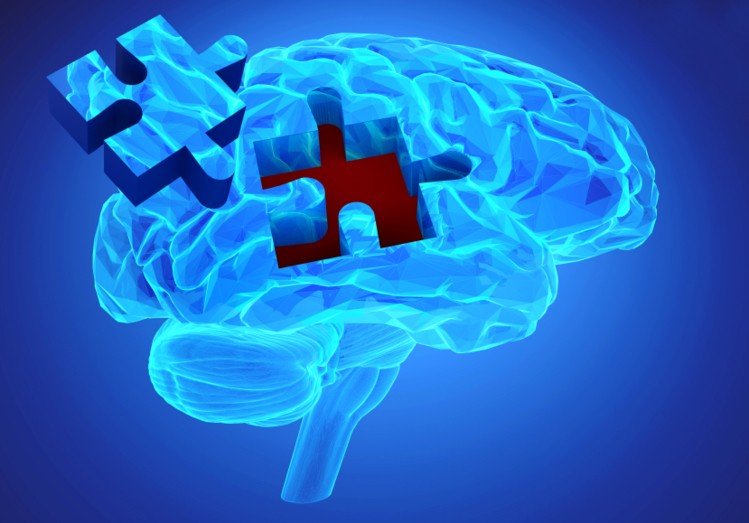Inside BENEO’s new pulse plant: pioneering sustainable protein from faba beans
Recent lab-based studies conducted at ICMR- National Institute of Nutrition (ICMR-NIN) have now established the possible link between lead exposure and Alzheimer’s disease
Lead is a common pollutant that can get into environment from a number of commonly used materials like paints, cosmetics, batteries, glass and low grade toys. Its role as a risk factor in development of neurodegenerative diseases is established globally.
Environmental exposure to this toxic heavy metal is associated with many pathophysiological dysfunctions of the central nervous system. Recent lab-based studies conducted at ICMR- National Institute of Nutrition (ICMR-NIN) have now established the possible link between lead exposure and Alzheimer’s disease.
A team lead by ICMR- NIN’s senior Scientist Dr. Suresh Challa is unravelling the molecular mechanism behind both Lead and beta amyloid peptide induced toxicity by investigating the molecular mechanism involved in the development of lead induced Alzheimer’s disease through in vitro studies.
“In fact, Alzheimer ’s disease has a complex pathophysiology which involves initially; formation of beta amyloid plaques and tangles in the brain. In addition, oxidative stress and inflammation are known to be involved in the progression of the disease, with loss of memory and neuronal cell death. In this scenario, our study investigated the basic molecular mechanism behind the involvement of lead in Alzheimer’s disease”, said Dr. Suresh Challa
The scientists have simulated brain cells in vitro with beta amyloid peptides like in Alzheimer’s disease and the effect of Lead exposure was then studied. It showed increased cell death and increased levels of pro-apoptotic marker proteins.Further, the proteins involved in neurodevelopment and regeneration have depleted. Such effects led to decreased expression levels of synaptophysin, finally leading to loss of memory as in Alzheimer’s disease.
“Maternal exposure to lead during pregnancy can cause developmental reprogramming which can lead to higher risk and early onset of Alzheimer’s disease in later life of the child. Since lead exposure is an important public health concern, the current findings could be another piece in solving the puzzle towards understanding the intracellular mechanism of Alzheimer’s disease. Such findings may as well help in developing preventive and management strategies for elderly”, said Dr. R Hemalatha, Director, ICMR NIN.
Further, the therapeutic potential of natural compounds such as catechins, especially, epigallocatechin gallate (EGCG) present in foods like green tea, guava leaves, apples, cherries, pears, black berries which possess antioxidant, anti- inflammatory and metal chelant properties was studied. Their ability to effectively permeate brain and modify several cell survivals signalling pathways have shown to have preventive and therapeutic potential. The studies have also shown EGCG is protective against lead toxicity and can effectively decrease neuronal cell death by decreasing beta amaloyd peptide accumulation. This can have protective effect in lead induced Alzheimer’s disease. Further studies are underway.

